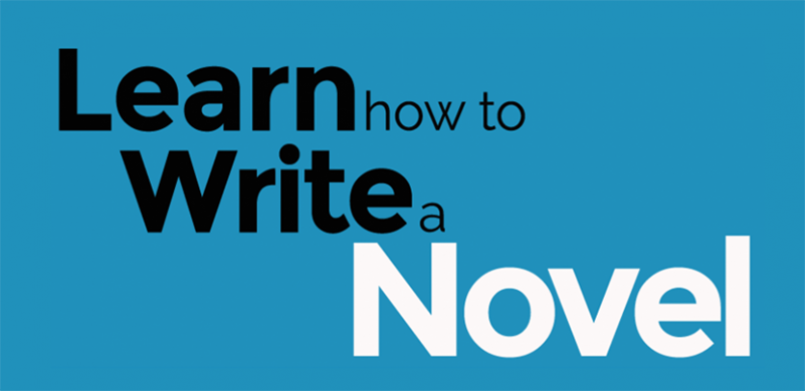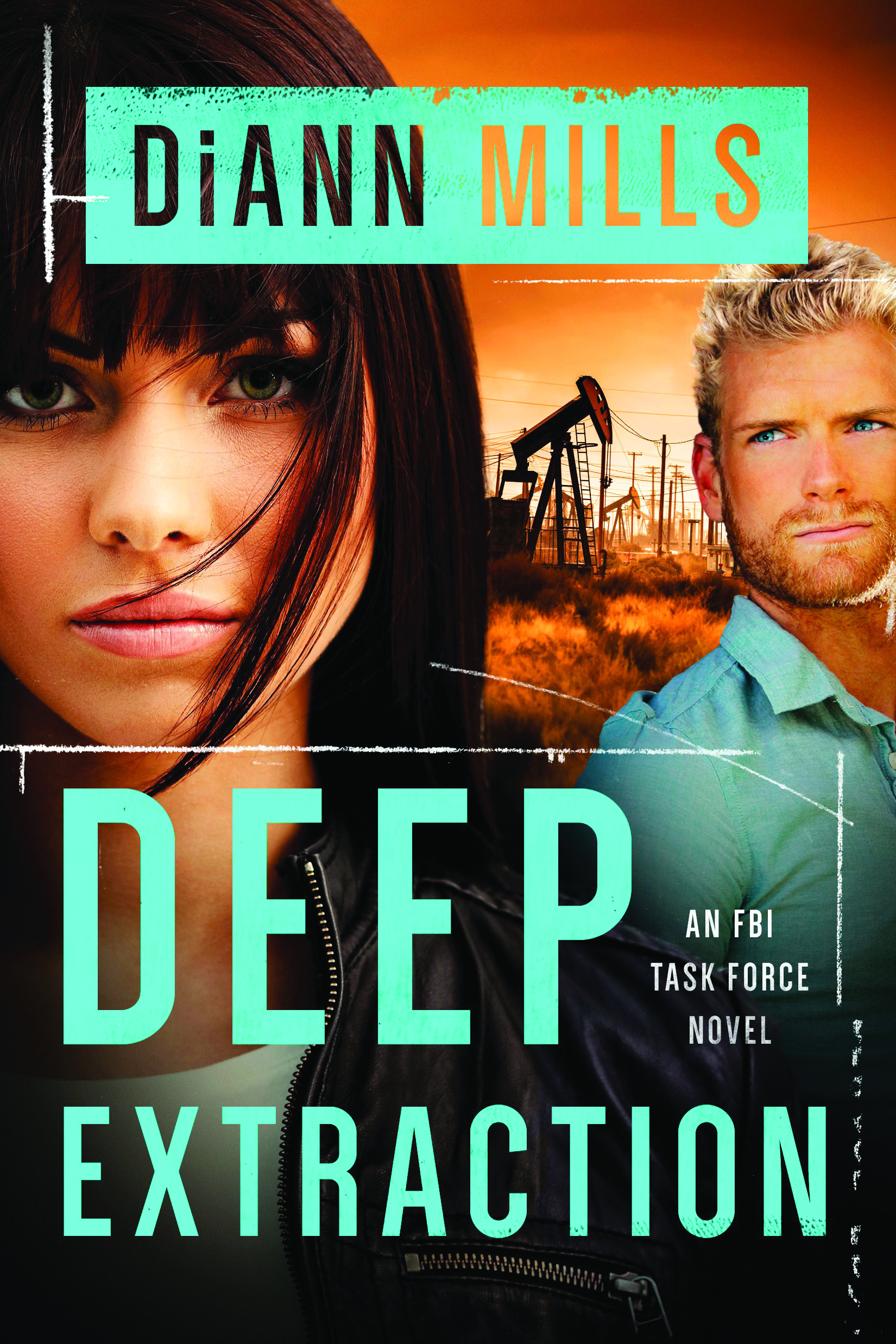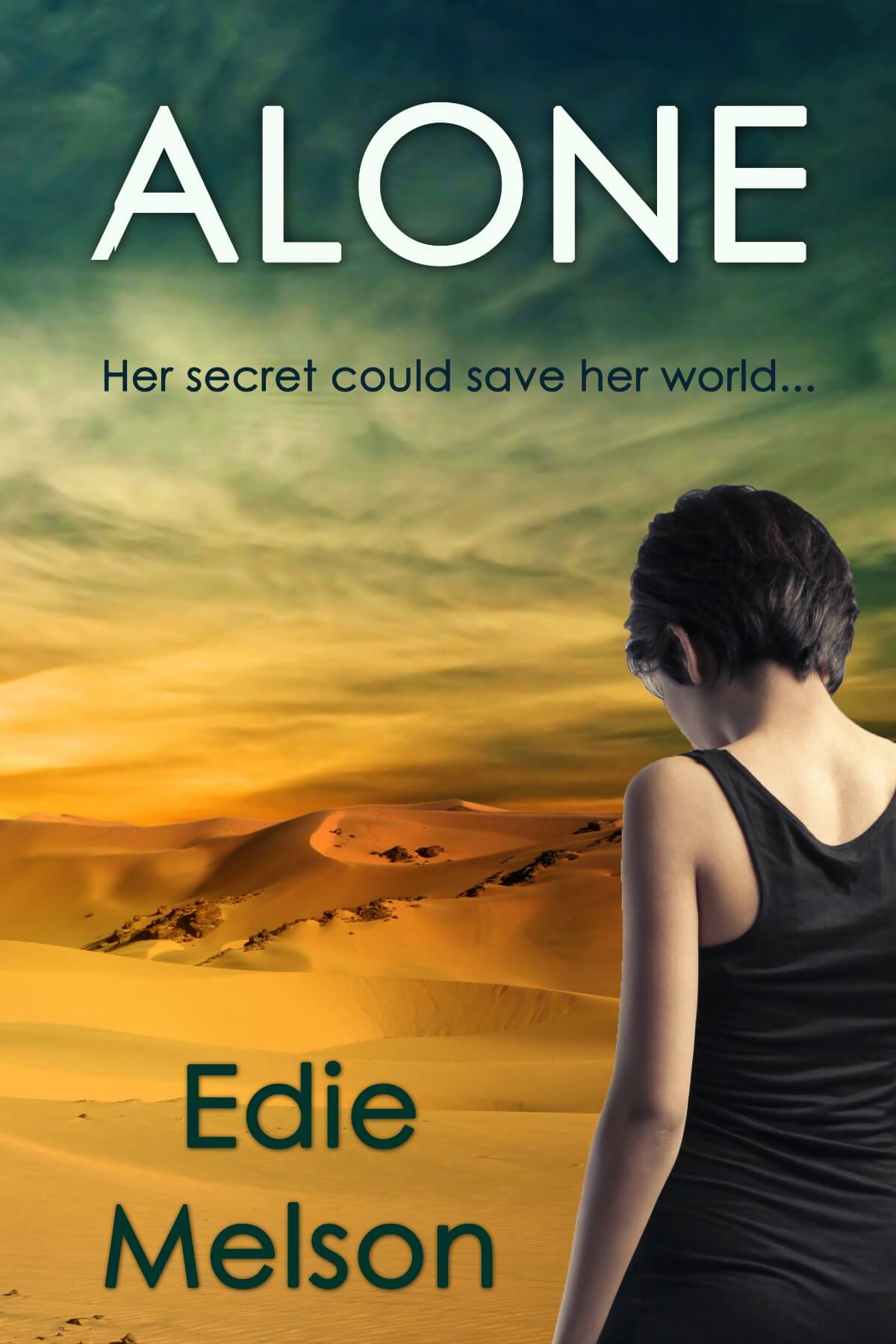
NJ: The first book in the series is The Parting, available now.
How did you come up with these stories? Was there a specific “what if” moment?
The impetus for future novels is usually an outgrowth of my research for the present series. More than two years ago I stumbled upon a little-known fact about an Amish church schism while writing the “Annie’s People” trilogy. I “saw” the story unfold in a few minutes within my head and heart and knew I had to write it someday.
As for my children’s books, I’ve been tweaking them for several years, although their present form is far different from the original drafts.
Did you originally intend to write so many Amish-themed books?
I pitched The Shunning and its sequels to several CBA publishers in 1995, after I’d written nearly sixty books for kids and teens, with the idea that I wanted to share the seeds of my Plain (shunned) grandmother’s heartbreaking story. Three publishers were eager for it, with Bethany House winning out.
Then, interestingly enough, while doing research for the third book, The Reckoning, I uncovered a fascinating aspect of the Old Order Amish—white witchcraft, also known as powwowing, which has split the Amish community down the middle in several states, including Pennsylvania and Ohio. Out of that revelatory study, came my two-book series, The Postcard and The Crossroad, delving into the darker side of all things Amish. That particular writing journey turned into a chasing down of facts and accurate research about courtship rituals, and subsequently The Redemption of Sarah Cain was birthed. (Soon to be a movie, directed by Michael Landon Jr. for the Lifetime channel, airing August 19. I saw it at ICRS last week, and oh, is it wonderful!)
So it is the intriguing research that compelled me to write a number of novels with Amish-related settings.
What has the Amish community said to you about your books?
Oh, goodness, they share and share by snail mail and in person. They’re big talkers. Well, some of them are. Many are repressed, and sadly there are numerous Plain women who suffer abuse. Depression is high among these cloistered communities in various states—what a ministry of compassion I feel called to in answering heartfelt letters.
I’ve also received oodles of mail from teen Amish girls who write to say: “How do you know so much about our private weddings and our life in general? You are exactly right, Mrs. Lewis.” And for this I am grateful. Getting it right is a real driving force for me—in everything I do. I wouldn’t think of winging it when depicting an exotic community with secret practices and foreign ways (to modern readers). Being born into the Anabaptist culture in Lancaster and growing up close to the Amish, I absorbed the Plain tradition quite naturally. They are a people largely misunderstood, and it surprises me how much is published about them based on myth.
For someone who loves Amish novels and wants to write one, where would you advise they begin?
There are, of course, a Heinz 57 variety of “church districts” and differing levels of conservatism within the Amish community as a whole—varying from state to state, and from Old Order and the whole spectrum to the New Order and on to Mennonites and other more progressive groups. I suggest being related to or a close friend of the type of Amish one wishes to portray. Seriously. If nothing else, spend time living or working with them. Also, gain their trust first, then offer to help at a barn-raising (men with hammers, women with food hampers) or quilting frolic or weeding “charity” gardens. All of these activities are invaluable to the necessary research.
A growing number of my readers request information from me, eager to join an Amish community, but failing to realize that they must first learn the language (Pennsylvania Dutch) as well as the milieu of submission to ever truly fit in and be accepted by the “brethren”—just as a novelist who wishes to write a story with such a setting must thoroughly immerse him/herself into the unfamiliar culture in order to grasp something of the “riddle” of the Amish. And a riddle it is, indeed!
If, however, a writer is passionate about offering the setting as “character” to readers, as I attempt to do in each new book, then an Amish locale can be a good choice for a story, although there are far less complicated settings. In addition to the above, supplement your research with nonfiction books by those most trusted “spokesmen.” I list several bibliographies of reference books in the backs of my novels.
Tell us about your publishing journey. How long had you been writing before you got a contract?
My first bylines were for magazines—Highlights for Children, Focus on the Family, The Dolphin Log, and others, three years prior to my writing books for children and teens. My first book proposal was Holly’s First Love and was eventually published by Zondervan in May 1993, after a nineteen-month wait from their publishing board, as they were deliberating about launching into teen fiction.
I ended up with a fourteen-book contract for the “Holly’s Heart” series, which is still in print, vibrantly repackaged by my present publisher, Bethany House. I had been writing since sixth grade, but hiding my stories away in drawers or under my bed. Later, when our children were in middle school, I began submitting stories and articles to magazines for publication. So for publication of a book, I waited about three years.
How did you find out you had a contract and what went through your mind?
My now good friend Dave Lambert called to herald the exciting news. (My manuscript was pulled out of a slush pile—non-agented.) He confided in me that he’d pitched my book to marketing without the benefit of the proposal in hand, because they had recently moved their offices and the sample chapters had been lost!
After the “yes” call, I cranked up the volume on Brooklyn Tabernacle’s rousing rendition of “To God Be the Glory,” which became the “thumbs up!” theme song for future “yeses” from other publishers (soon to be four in all, and simultaneously), complete with celebratory dancing not just by me, but the whole family. Loopy? Sure. But, hey, we writers have our hearts out there pulsing on the proverbial limb…no, they’re bleeding.
A lot of people dream of becoming a bestselling author, as you have. Tell us about the work load and unexpected intrusions that entails.
If you’re ambitious (or crazy?) enough to sign on for 10-12 text-based youth fiction books per year, then writing each day will become at least half your life. I wrote when I could, at the outset, snatches of time between homeschooling our two younger children and juggling a rather full music studio in the late afternoon and early evenings (40+ students per week for the first four years of my book-writing “calling.”) After supper, and once our three kids were tucked into bed, I worked on my book projects till the wee hours.
Once our children were somewhat grown (two are disabled), I edited each morning what I’d written the night before, then handling publicity issues, interviews, and all marketing-related things in the early afternoon. From mid-afternoon to supper and following, I dove into the creative side of writing.
Do you ever struggle with writer's block?
More ideas than I can possibly write in a lifetime compete for my attention, some of them simultaneously. The day may come when I endure the “blank page” syndrome, but so far it’s only momentary blocks.
If so, how do you overcome it?
I read books unrelated to my research or bake or walk on the treadmill. This seems to work for lots of my author pals too.
What is the most difficult part of writing for you (or was when you first started on your writing journey), i.e., plot, POV, characterization, etc?
Writing is somewhat excruciating, due to isolation. I was accustomed to interacting with students and teachers during my first career, so the writing life was something of a jolt to my psyche.
Also, plotting and theme/strategy can be a struggle at times. Characterization and sequencing scenes flow more easily for me, and I somehow manage to get behind the eyes of each character when I’m writing. (Don’t ask me about that, it’s as weird as Gina’s comment the night of the Christy Awards! LOL) Anyway, my husband’s and my brainstorming efforts have created the twists and turns of my storylines. Dave and I have worked together for the past 80+ books. So the loneliness factor is greatly eased when teaming up with an astute partner, who is also a bestselling novelist (Coming Home , Saving Alice, and our collaboration, Sanctuary.)
Where do you write? Do you have a dedicated office or a corner or nook in a room?
For the first five years as a published writer, I worked in a smallish bedroom where my research books and files towered behind me, and our white cock-a-poo, Cuddles, sat devotedly beneath my chair each night.
From 1997, when The Shunning shot through the roof, and onward, I enjoyed an actual writing studio near our bedroom, complete with a sofa, where I sometimes pondered my outlines, notes, book galleys, and read fan mail.
More recently we’ve moved closer to our extended family, and I enjoy a spacious and private home office with a sweeping view of Pikes Peak and the Garden of the Gods…where baby bunnies, and BIG coyotes, deer, and other wildlife wander past my windows each day.
Do you have a word or page goal you set for each day?
Yes, 10-15 pages per day when I’m in crunch-time mode. During saner days and weeks, 5-7 pages are more standard.
What does a typical day look like for you?
Living with our adopted disabled children, their care was always first, encompassing most of the daylight hours. Once their needs were met and they were settled in for the night, I began my writing “day.”
Just recently our twins were enrolled in a special needs school, so I’m finding my way back into the sunshine for the majority of my writing time.
Each day, prayer, devotions, and a good breakfast get my day off to a great start. I discuss scene options and publishing issues with Dave, then edit out the dreadful stuff I’d composed the day before. After lunch, I handle Web site-related e-mail/updates, connect with my publicists and marketing wizard, and then anywhere from 6-10 hours of new writing happens between the afternoon and midnight. I end the day with prayer…and, hopefully, sleep.
Take us through your process of writing a novel briefly—from conception to revision. How long is that process?
One to two years prior to the writing of a novel, a new character will present herself to me. Typically I’m writing another book at the time, so to keep her at bay I jot down everything she’s telling me (watch out Gina! LOL), keeping a file while I also pay close attention to the current deadline. All the while, I’m “getting” more and more info about a new protagonist and a fresh set of characters. Spooky, I know. Once the pertinent research is gathered, I outline loosely, and then begin the hard work of writing. (I have Amish friends ready and waiting, literally leaning over the back fence of my Plain relatives who have e-mail and telephones—eager to answer questions or clarify. This is just an amazing network of help, and I’m way beyond grateful.)
What are some of your favorite books (not written by you)?
Everything by C. S. Lewis, my dear uncle (just kidding!), J. I. Packer, and Andrew Murray. I savor Olive Ann Burns, Jane Hamilton, Margaret Atwood, and Fanny Flagg. Alice Hoffman’s The River King, Flannery O’Connor’s The Complete Short Stories, Anne Morrow Lindbergh’s Gift From the Sea, and Sheri Reynolds’ The Rapture of Canaan, to name a few of my countless favorites.
What’s the best writing advice you’ve heard?
Refuse to give up after receiving a rejection letter. Scrutinize, polish, and rewrite (if necessary) and get the manuscript or proposal back out to your agent (or the next publisher on your list). If you believe in your captivating and well-written story, someone else will too, eventually. We’ve all heard of Madeleine L’Engle’s twenty-six “no’s” for A Wrinkle in Time (a book I fell in love with in junior high) and other extraordinary writers who were rejected time after time.
So you might do as I did. Make getting a published a game. Create a “Stepping Stones to Publication” scrapbook, which I made prior to my articles and fiction being published in magazines, and later books. Oh boy, there are some interesting (and impressive) rejection notices stored in that RED album. A constant reminder of the persistence required to make it in this unpredictable industry.
Talent required? Perhaps. But as I see it, it’s more about a willingness to work hard and persevere, and once you do land that first book contract, be open for input from your editor or editorial team. In short, be the dream author—be teachable and amicable.
What do you wish you’d known early in your career that might have saved you some time and/or frustration in writing?
I wish I’d understood how weird (real) fictional characters can become. By their very nature they have the power to wring you around—grab you by the throat and demand their way—upsetting the fruit basket. Don’t laugh.
In publishing? I wish I’d known that most of the time deadlines are somewhat negotiable. (Yes, editors build in “wiggle room.” It’s a good idea, of course, to be dependable in that area. There’s a reason why the word dead is first in deadline, you know!)
How much marketing do you do?
Bethany’s marketing team is simply remarkable…stellar. I answer a load of Web site-related e-mail, as well as snail mail, and do two book tours per year (two weeks each, 3-5 events per day), and send personal mailings and mass e-mails for local bookstore events. I scarcely ever turn down an interview request if it comes to me via BHP publicity and they agree that it’s a good idea.
What have you found that particularly works well for you?
Hard to know precisely what works best and translates to actual books sales, but spending time with each reader/fan in those long lines during tour stops has had a ripple effect, generating new readers, I believe. People talk. If they have a wonderful experience, they tell others: Bev Lewis is “for real.”
Do you have any parting words of advice?
Being “real” for God is our goal as writers, isn’t it? Do we yearn to be others-oriented, carrying the Good News in our hearts and minds, spilling it out into our writing to a pain-ridden, heartbroken world?
If you write a phrase or a poignant scenario, or a dialogue exchange pointing a reader toward the kingdom, or soften a cynical heart, or encourage a teen to take a fork in the road of his/her life, then your writing is successful and true. This is my prayer, and I hope it is yours as well.
Thanks, Ane, for the opportunity to share something of my writing journey. It was such fun connecting with you and Gina after the Christy Awards! God bless this blogspot and all your endeavors.—Bev Lewis
 A wife, mother, and grandma, Yvonne Anderson lives in rural Ohio. She's a former legal secretary, currently a professional Virtual Assistant, and writes a daily Bible study blog. She creates fiction just for fun, but sometimes entertains fantasies about real remuneration.
A wife, mother, and grandma, Yvonne Anderson lives in rural Ohio. She's a former legal secretary, currently a professional Virtual Assistant, and writes a daily Bible study blog. She creates fiction just for fun, but sometimes entertains fantasies about real remuneration.



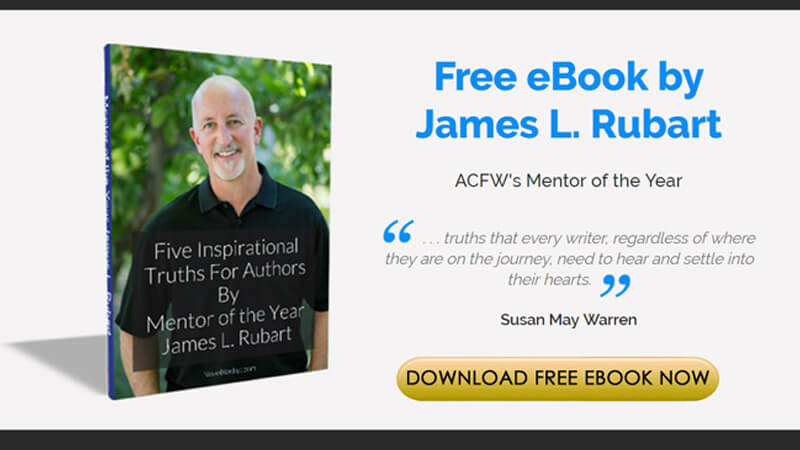
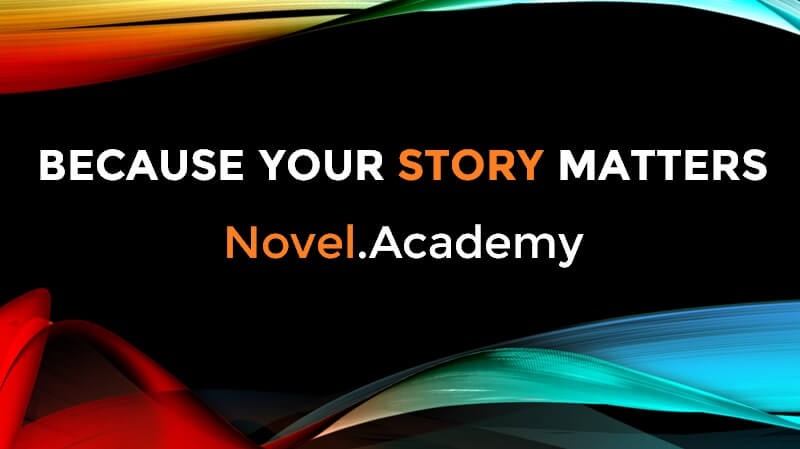
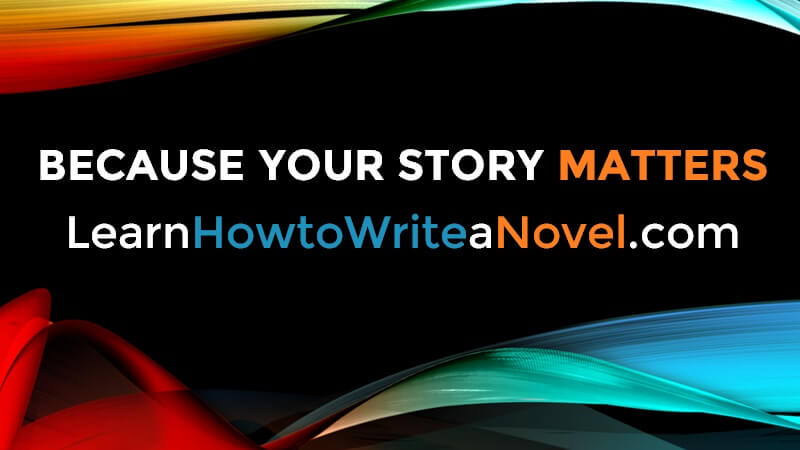
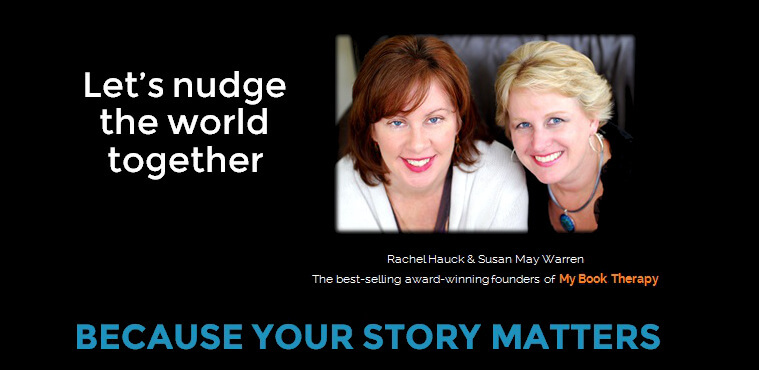
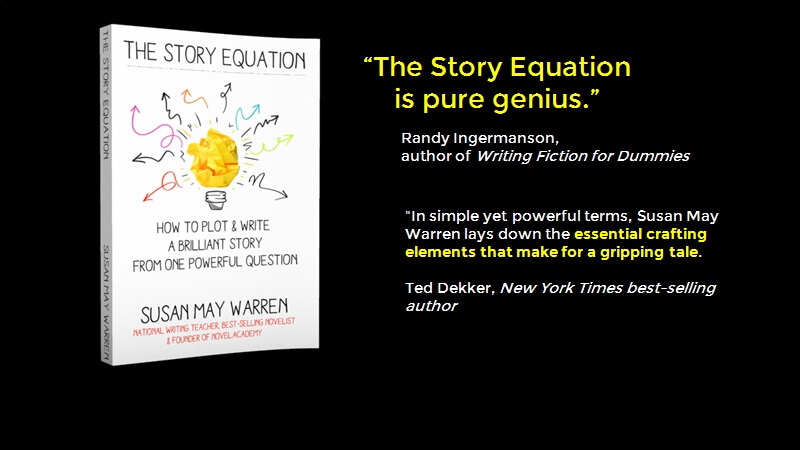











 2007 Golden Heart Winner for Best Romantic Suspense Manuscript
2007 Golden Heart Winner for Best Romantic Suspense Manuscript




























